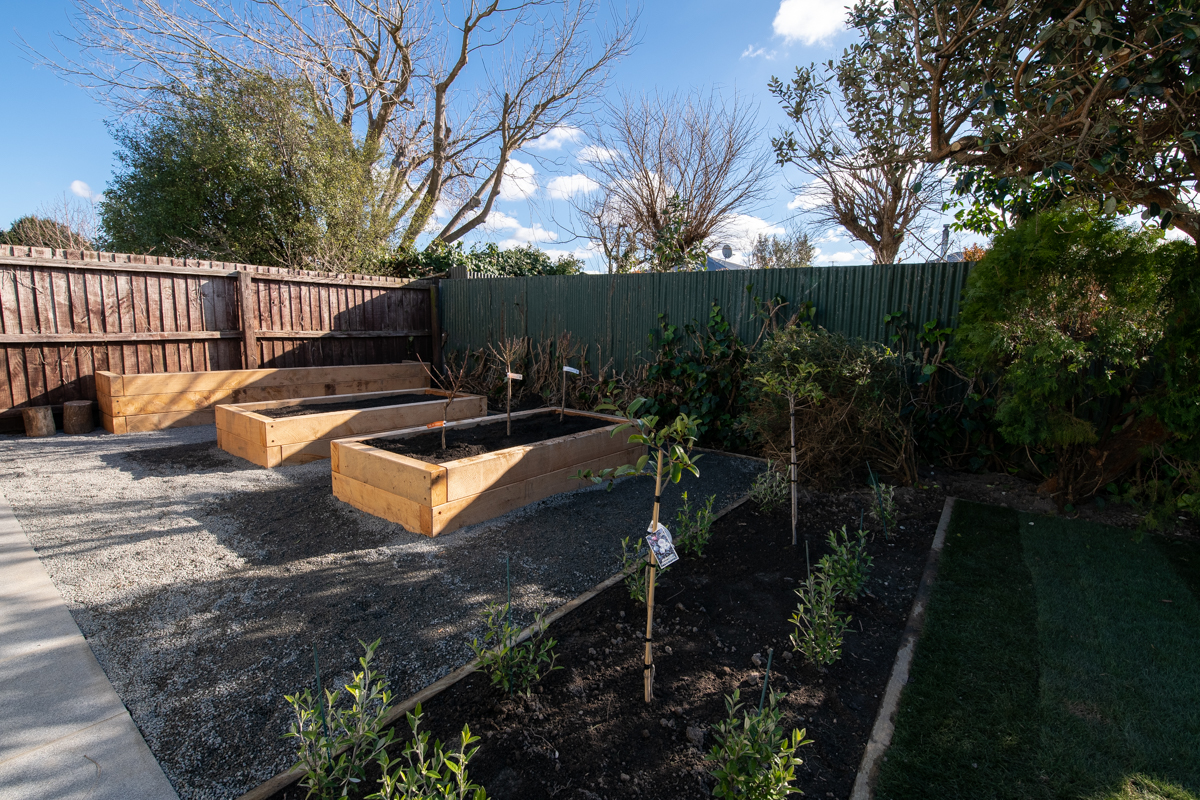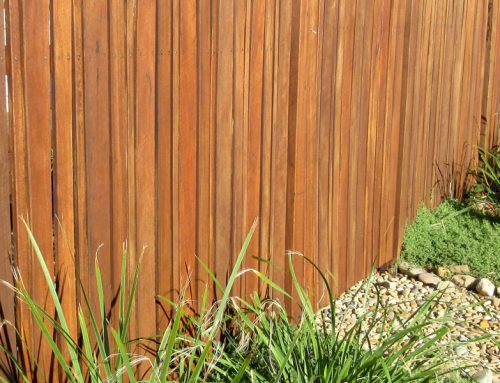A great fence provides security, privacy, noise reduction and protection from the weather. But over time, elements take their toll and you’re left with the task of repairing or replacing your fence.
So, whether you’re looking to restore your fence to its former glory or replace it all together, this handy fencing guide will help.
All that and more covered below – let’s get into it!
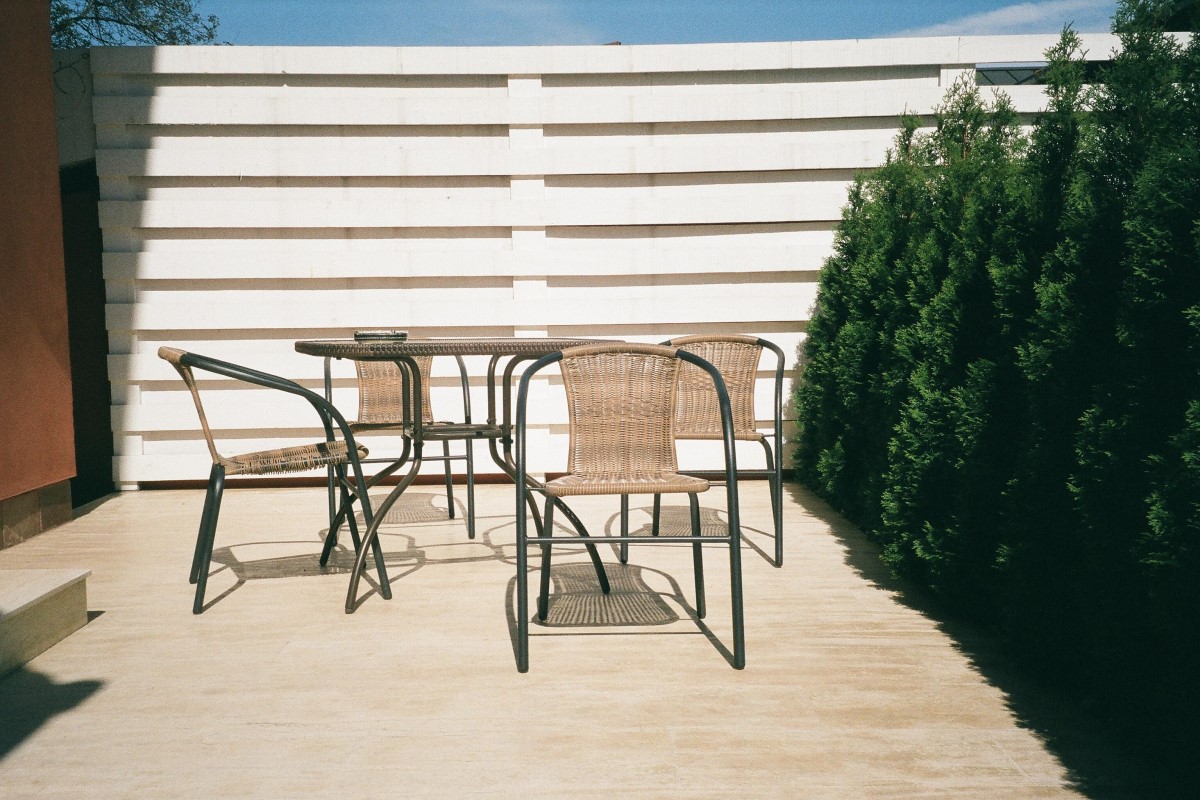
A great fence provides security and privacy.
How high can a fence be in New Zealand?
In general, a building consent is not required for a fence if it’s less than 2.5 metres above the supporting ground — but it’s always best to check with your council before starting. You can check out what needs consent at Build It or Building Performance.
Who pays for the fence repairs?
It’s a great idea to know your fencing rights and obligations before you begin speaking with tradespeople.
In general, when a boundary fence is being repaired, built or replaced, the neighbours on either side must equally share the cost.
You’ll need to let them know the general plan, materials and cost before going ahead. You can find helpful advice at Consumer NZ.
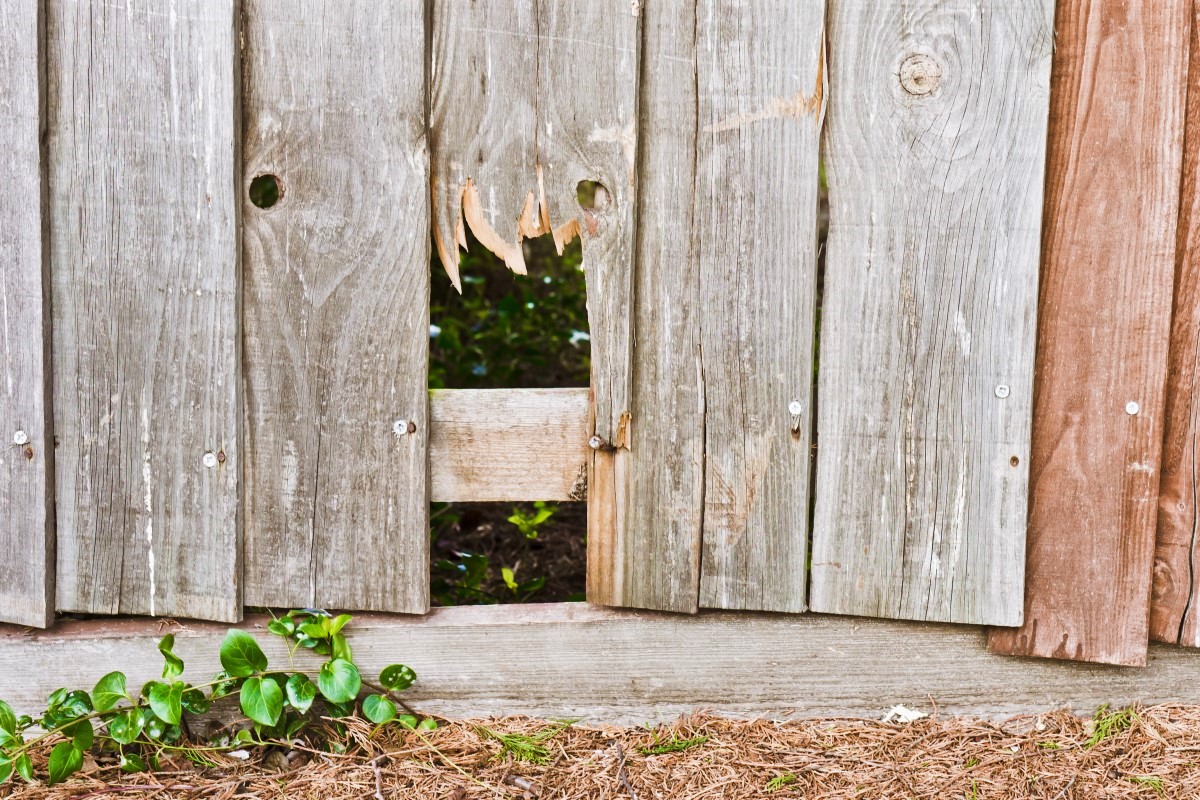
Consult your neighbour with any fence repair or replacement plans.
What are the best fence materials in NZ?
Here’s the most common fence materials you’ll find around your neighbourhood.
Timber: Pros
Timber: Cons
Colorsteel: Pros
Colorsteel: Cons
Masonry: Pros
Masonry: Cons
It’s common to use a combination of these materials to boost street appeal, or blend the fence materials in with the look and feel of the house.
What are some common timber fence issues?
Timber is the most popular fence material option in New Zealand, so we’ve nailed down the most common issues for timber fences, however, some of the advice can be transferable to other types of fence materials.
Rot and deterioration
- Issue: Timber fences in wetter climates are prone to moss, mould and lichen. Ground with high moisture can also cause the footings of the fence to rot, which weakens the structural integrity of the fence.
- Repair: Timber treatments help reduce the effects prior to installment, however, if there is an isolated area that’s been affected by rot, you can look to replace those individual components.
Leaning fence
- Issue: Fences that are located in high wind zones may start to lean over time, or blow over completely in gusts of wind. Growing trees may also play a factor in gradually pushing the fence out of line. In addition to all this, timber fences naturally expand and shrink, so if the original build didn’t allow for expansion, you may find gaps in the palings or rails which affect its structural integrity.
- Repair: If the fence is in a good state, all that may be needed is securing or replacing the effected fixings. If only one area is affected, a partial replacement of the effected posts and footings can be a lower cost solution than a full replacement.
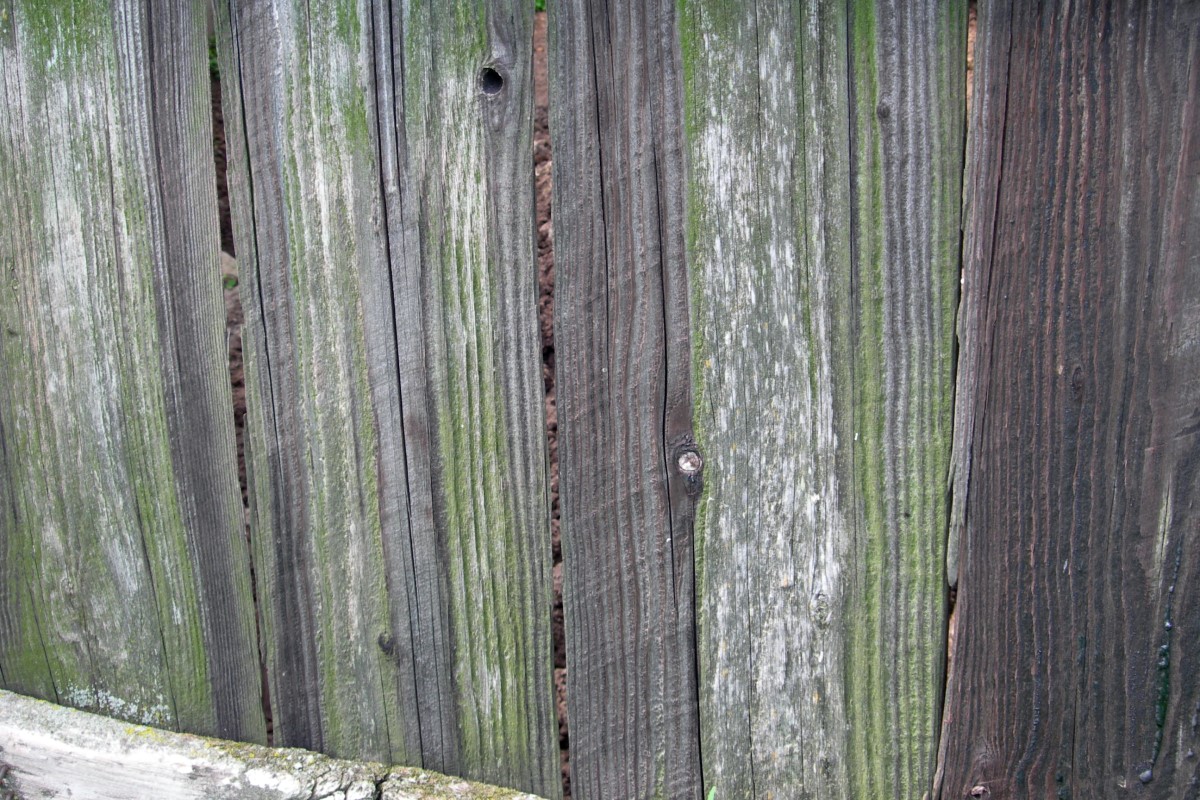
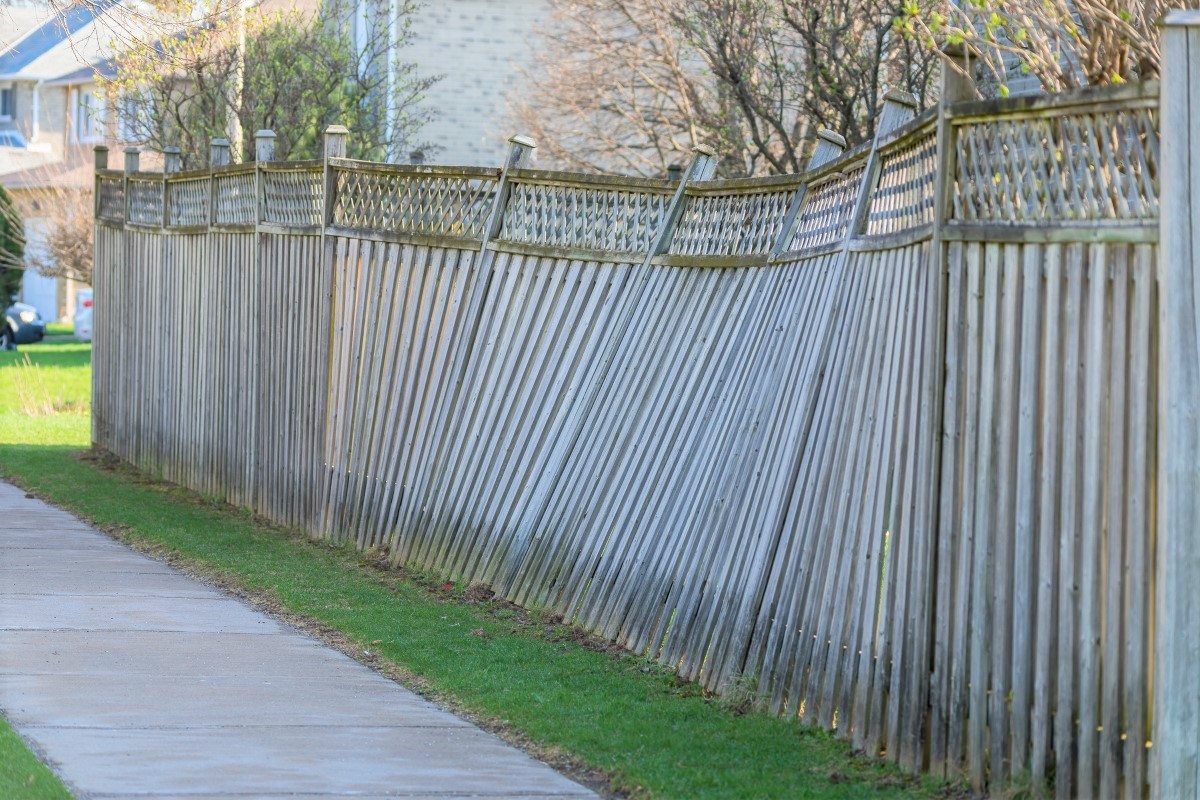
Timber fences are susceptible to rot which can affect the structural integrity.
Common fence issues
A sagging or catching gate
- Issue: Like fences, gates will gradually move and sag over time. When the gate starts to sag, it may drag along the ground, and when there’s not enough clearance between the gate and the fence, it can start to catch when closing.
- Repair: If the gate is still in good nick, usually with some adjustment or realignment it can be reset to open and close with ease. The hinges, structural brackets and connectors may need attention to ensure proper alignment. Modern hinges and fixings, while galvanised, aren’t particularly robust so it’s likely to be a replacement rather than repair if they’re deteriorated or bent. If the gate or hinges are made out of wrought iron, it requires a more specialised approach of dissembling and treating them with a specific paint before restoring the gate to it’s prior condition.
Dogs that jump over or dig under
- Issue: Homeowners with dogs that are particularly good escape artists may find their fence isn’t high enough, or low enough.
- Repair: Trellis panels can be an easy way to add height to your existing fence by fixing them to the top rail of the fence (note however, that the trellis height counts towards the total height of your fence, and any additional height may need consent). If there’s room for your pet to squeeze under the fence, a fence footer can be installed to form the lowest part of the fence.

Got an escape artist in your family? It’s a common reason why Kiwis adjust their fencing.
Common fence issues (cont.)
Overgrown ivy
- Issue: Ivy can cause a number of issues with timber fences if left unmanaged. As the ivy tendrils grow, it forces the material apart, and the vines hold in moisture which accelerates rot. The weight of overgrown ivy may also prove too much for your fence over time, causing it to lean or fall over.
- Repair: Ivy can be managed with regular garden maintenance and treating the timber. In the long run, if you’d prefer to keep the overgrown ivy look, it might be better to consider a chain link style fence where the ivy can safely build growth up on, as opposed to timber.
Tired and faded paint
- Issue: Paint has a lifespan, so without a regular maintenance or painting schedule, your fence becomes more susceptible to damage from rain and the sun’s UV.
- Repair: It goes without saying that repainting your fence is a rite of passage for many homeowners. To do a good job, ensure you’ve got the right tools and materials to water blast, treat and paint your fence to ensure the longevity of materials.
Lacking in privacy
- Issue: Gaps between timber palings commonly arise after a couple years due to the shrinkage and expansion. So, what once was a private, plumb and tightly aligned fence, now allows the neighbours to see in and vice versa.
- Repair: If you’ve gone for the classic Kiwi fence with palings side-by-side, you may want to consider shiplap (interlocking) or feather edge (overlap) installation styles.
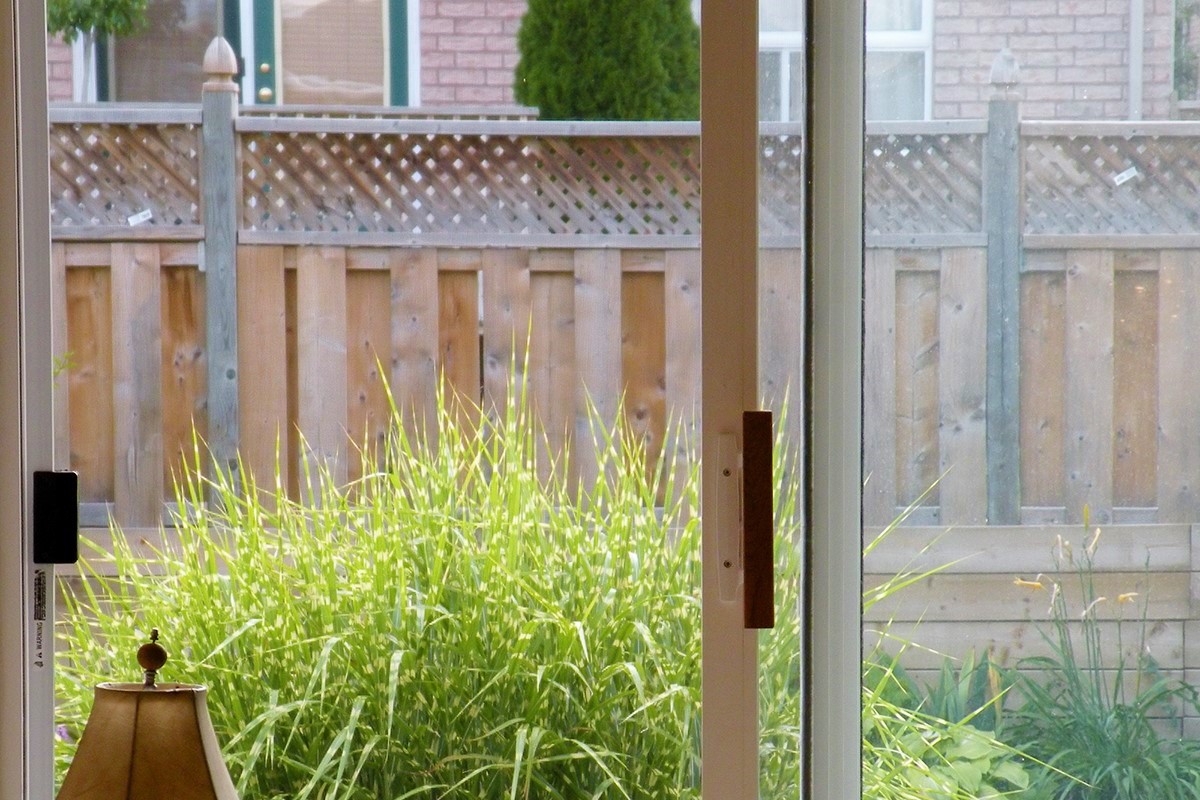
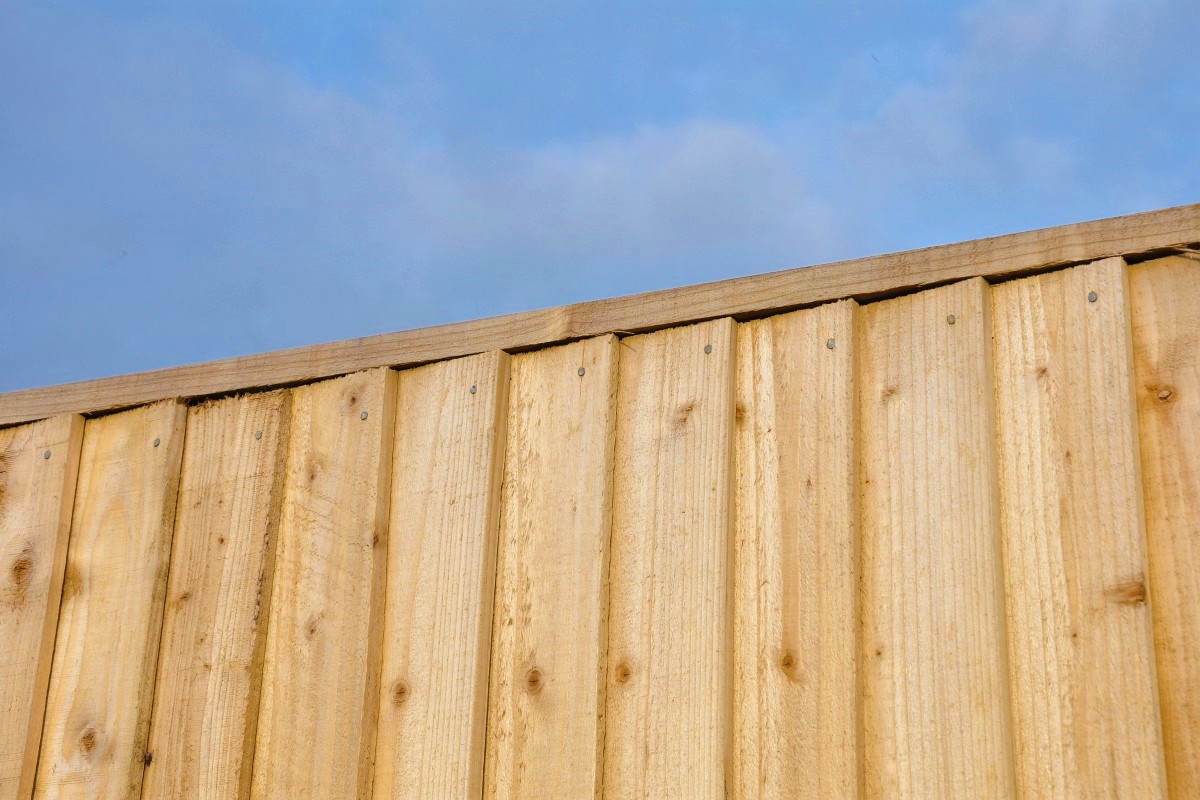
A good fence lets you enjoy life from the privacy of your own home.
Should I repair, or, replace my fence?
It’s one of the biggest questions when it comes to home improvement: to repair, or to replace?
Here’s some rule of thumb advice.
It’s all good to repair your fence when:
- The fence can be satisfactorily, or completely, restored to its prior state.
- The individual components can be replaced; such as a pail, rail, post, screws or nails.
It’s time to replace your fence when:
- A majority of the materials have reached their end of life
- When the repair cost is more, and the life expectancy is less, than that of a replacement.
The best way to find out is to get a quote for both options, do the sums of price and lifespan, then let that inform your decision.
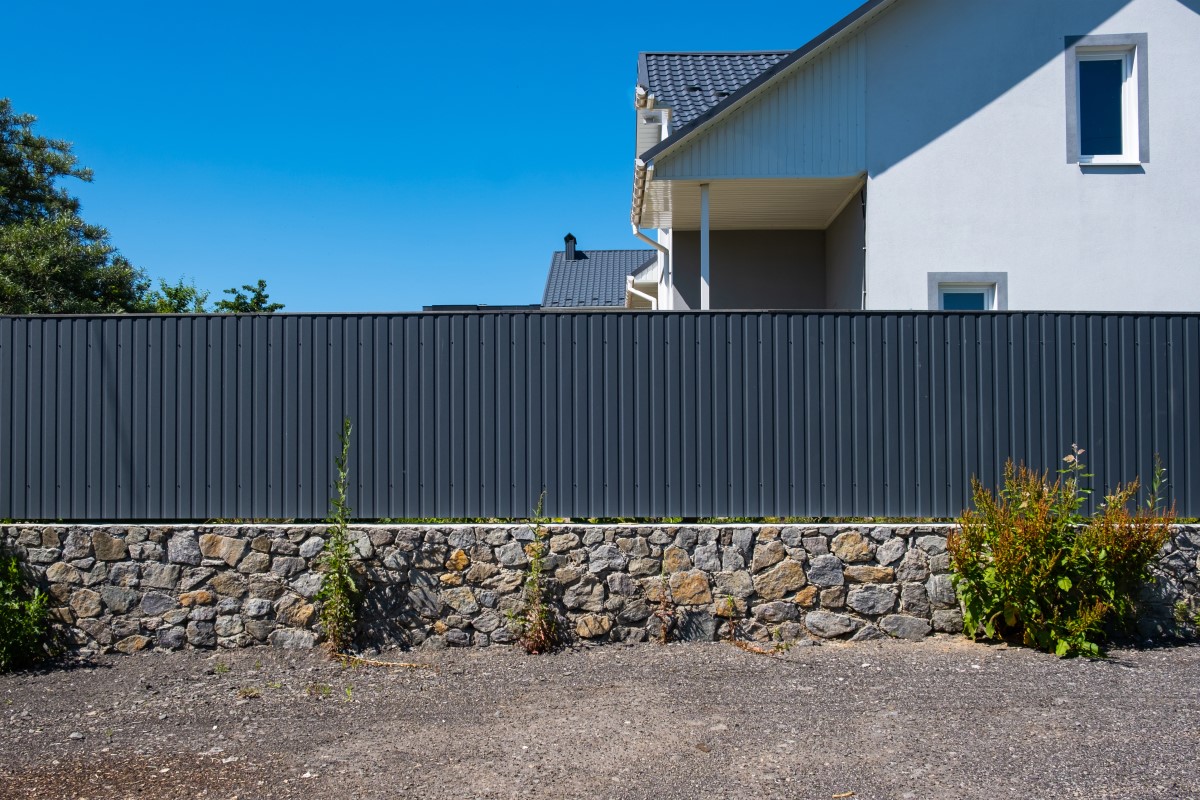
Do the sums of price and material lifespan to inform your repair decision.
How much does it cost to repair a fence?
Repair and replacement costs vary greatly considering the size of the property, materials you’d like to use, and how much involvement you’ll have in the process (like painting or staining after everythings finished).
As a starting point:
- Getting the nails or screws replaced can cost anywhere between $100 – $300+
- Partial replacement of individual posts, rails or palings can cost anywhere between $500 – $2,000+
- Installing a new gate can cost anywhere between $1,000 – $4,000+
- A new timber fence can be from $1,500+ upwards depending on length and height.
Use our Cost Estimator tool to find a budget for your new fence or gate.

Keen to paint or stain the fence yourself? Let your tradesperson know before quoting.
What makes a great fence?
If you end up deciding to start from scratch and want something to go off, here’s some of the things that make a great timber fence.
Permanent posts
- Timber posts are cheaper, but more permanent material like aluminum or steel posts will fare better over time.
- Average post spacing is 2.4m, but bringing the post spacing tighter results in a stronger fence.
- The deeper the post the better (be sure to check out beforeUdig).
Quality rails
- Rails reinforce the structural integrity, so it’s a good idea to choose a good grade timber for this component of the fence.
- The less knots the better — but it all depends on your budget.
Compatible fixings
- Ensure the fixings are compatible with your fence. If this isn’t considered, you’ll find in a couple of years that the fixings begin to fail.
Top caps and footers
- Consider using fencing top caps and footers to give a really clean, finished feel to a fence. It’s a small detail that can have a great impact on aesthetics (and won’t break the bank).
Paint
- After everything is built, look to paint it relatively soon after in order to protect it from UV light and slow the natural warping.
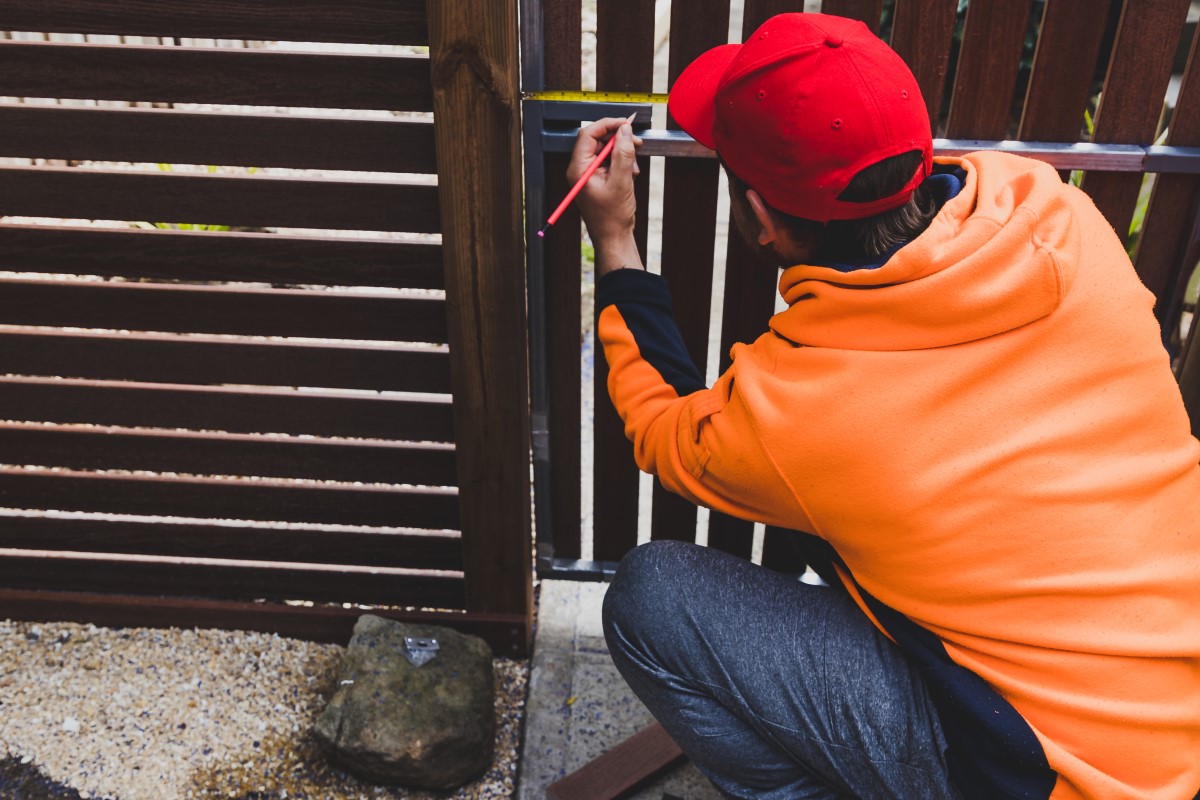
Fences that don’t need consent can be built by anyone, as long as they’re built to code.
What trades can repair or build a fence?
You might find a range of trades will be interested in your job, from handypeople to carpenters and builders. Fences that don’t need consent can be built by anyone, as long as they’re built to the code.
Here’s some useful questions you can ask your tradesperson when organising your job:
- Cost: What is the cost to repair, compared to the cost of replacement?
- Materials: Will you purchase materials? How long is the price guaranteed for?
- Height: How high can the fence be in my local council?
- Design: What material combinations could work on my property?
- Maintenance: What maintenance is required to keep it in good condition?
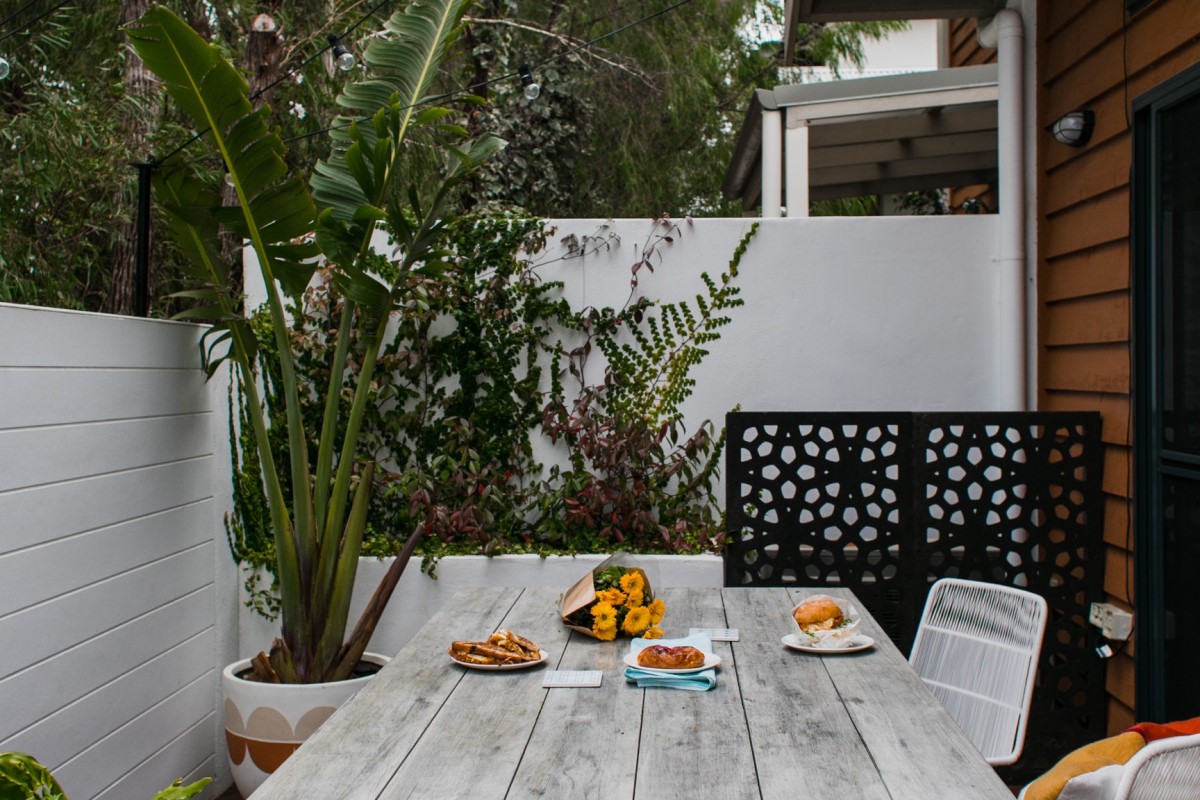
It’s a good idea to consider if the material’s maintenance requirement fits your lifestyle.
Key takeaways
These are the key takeaways you need to know when getting your fence repaired or replaced.
So, whether you’re looking to restore your fence to its former glory or replace it all together, you can use this handy fencing guide to help decide on the best solution for your home.
